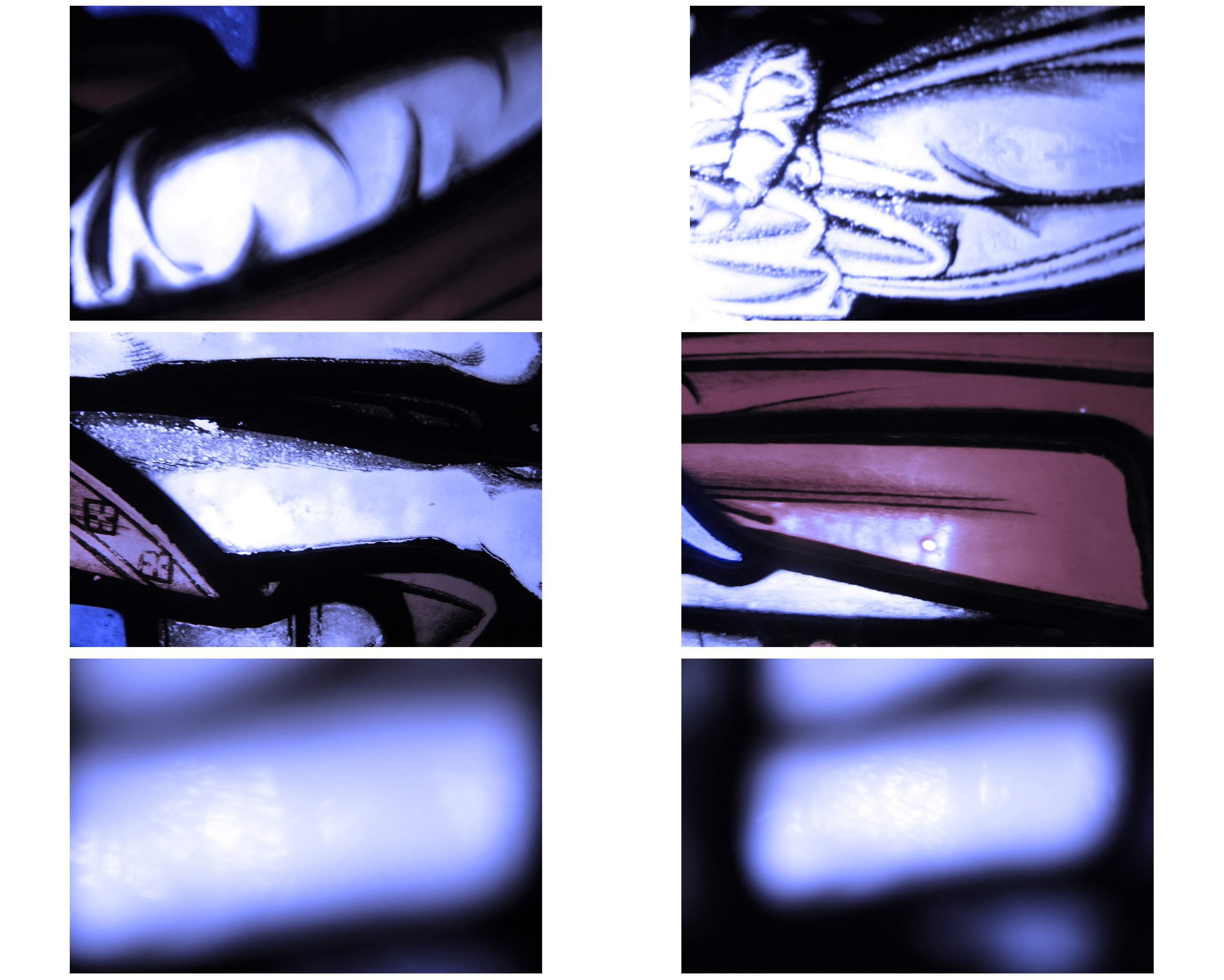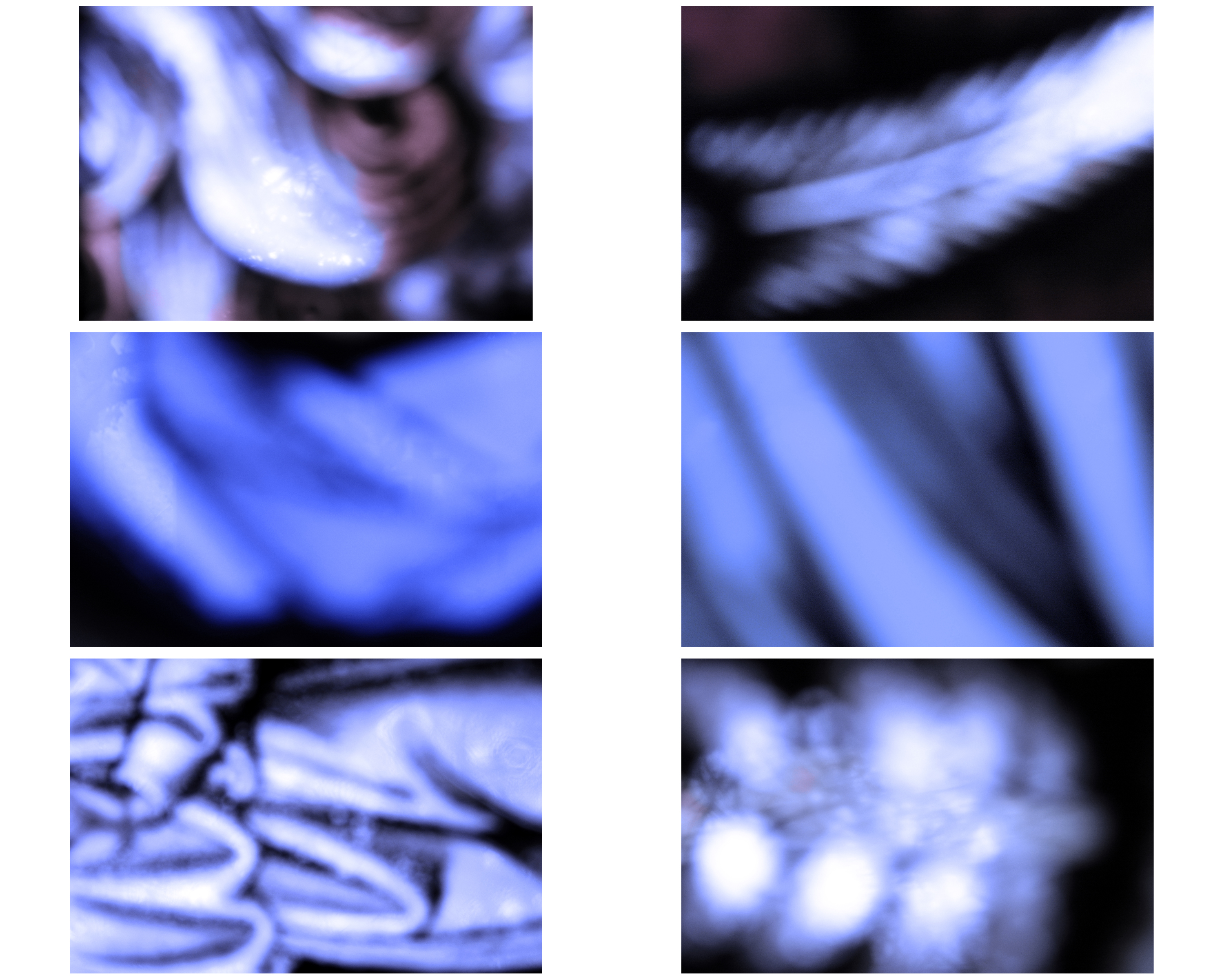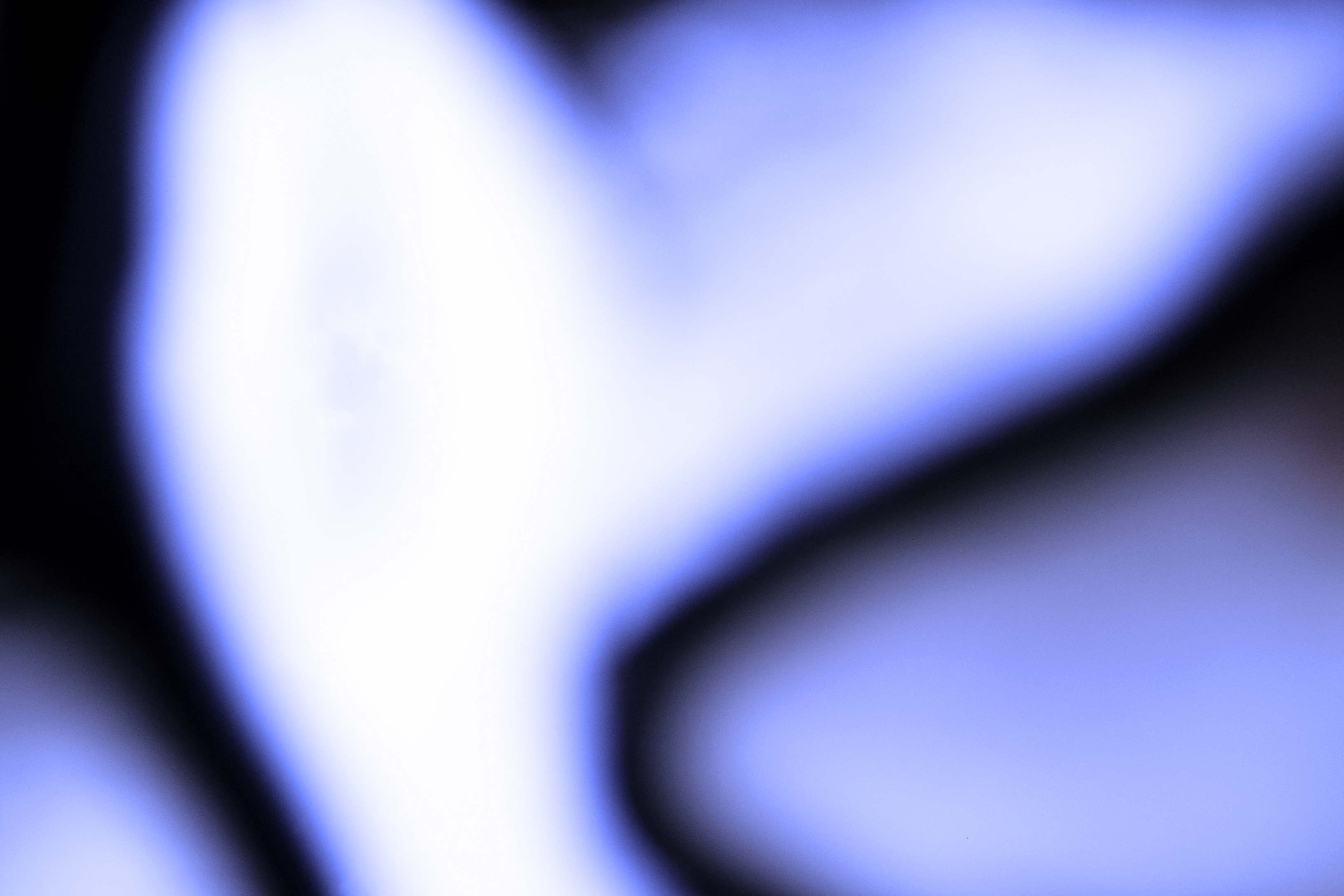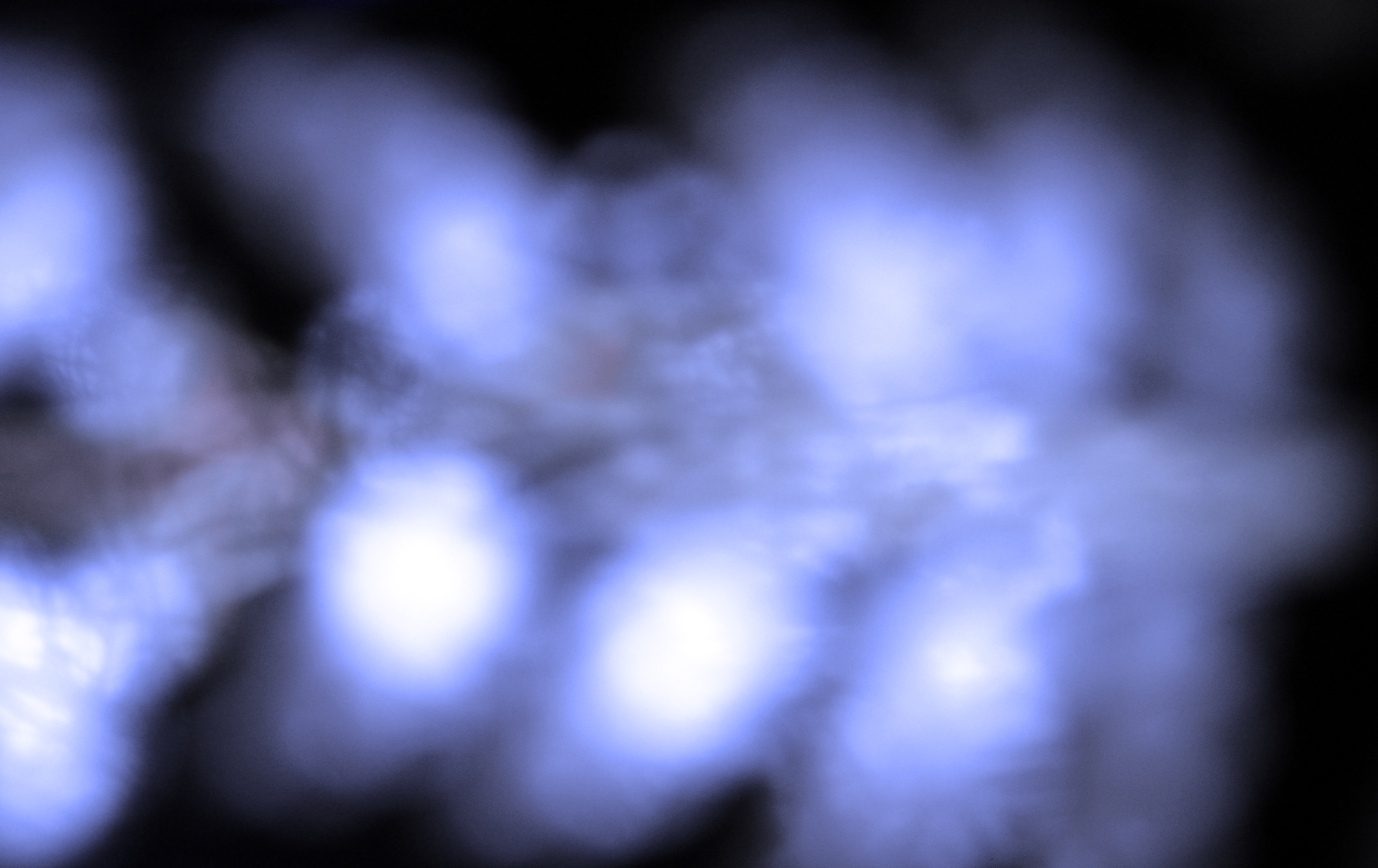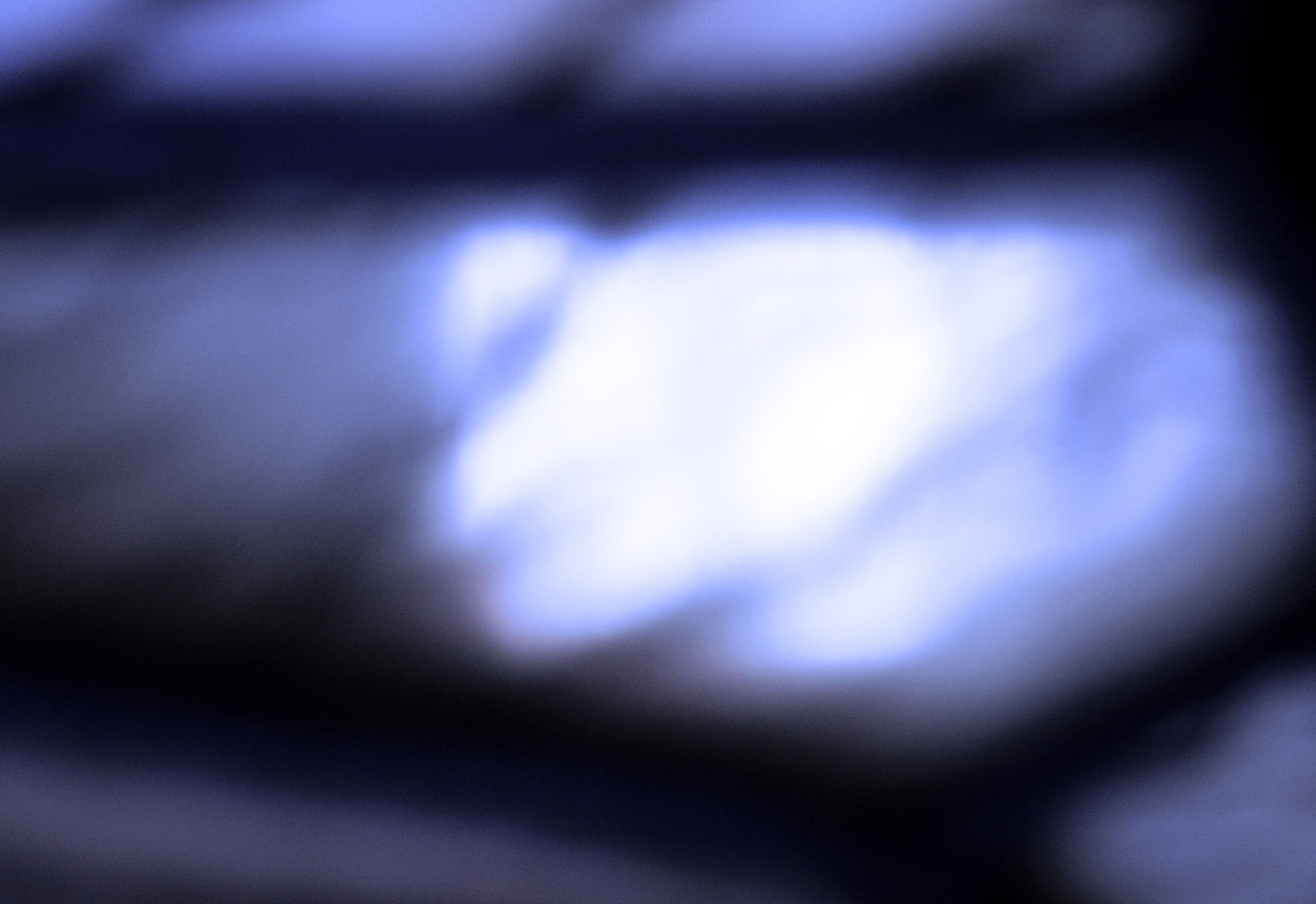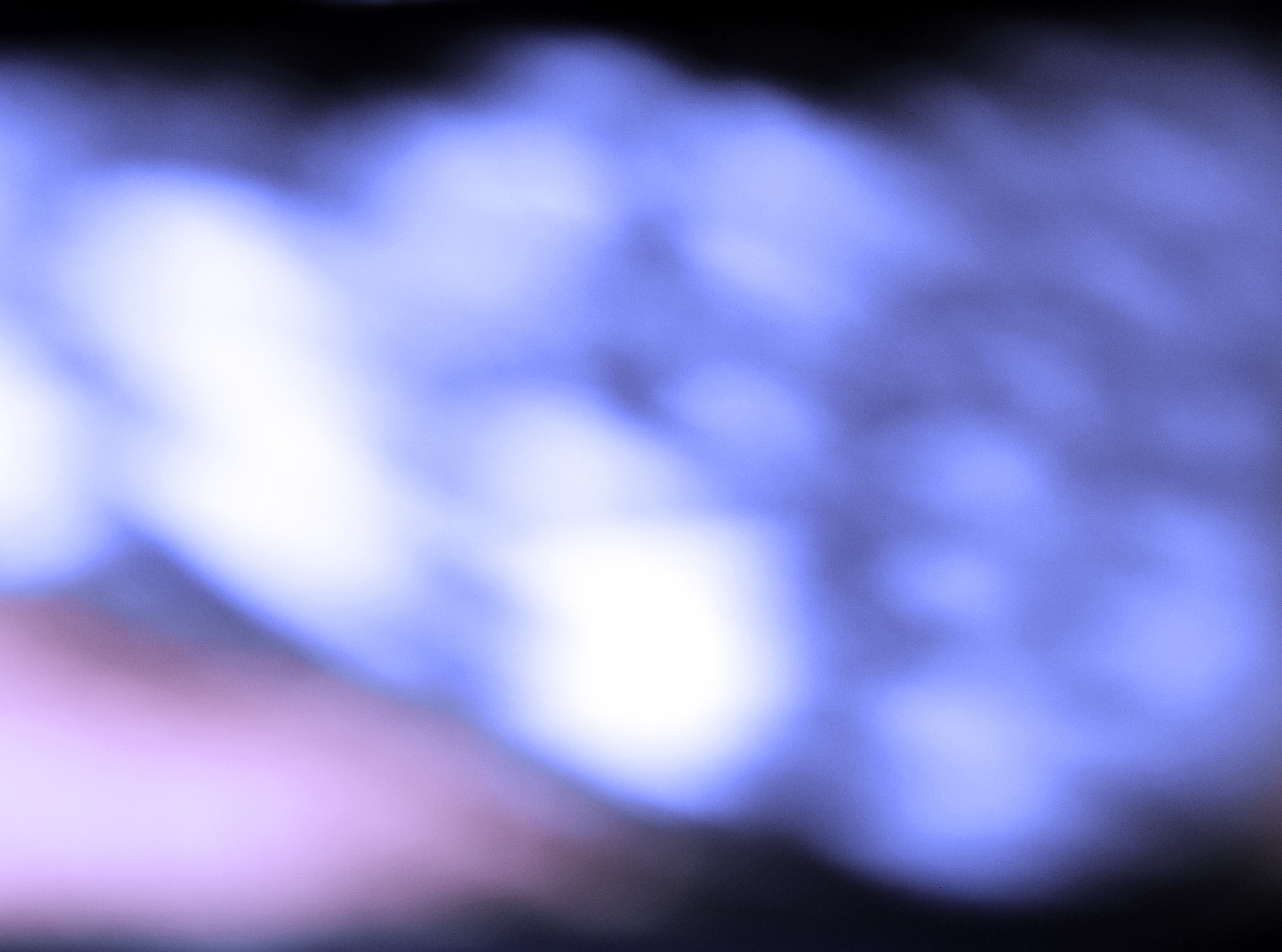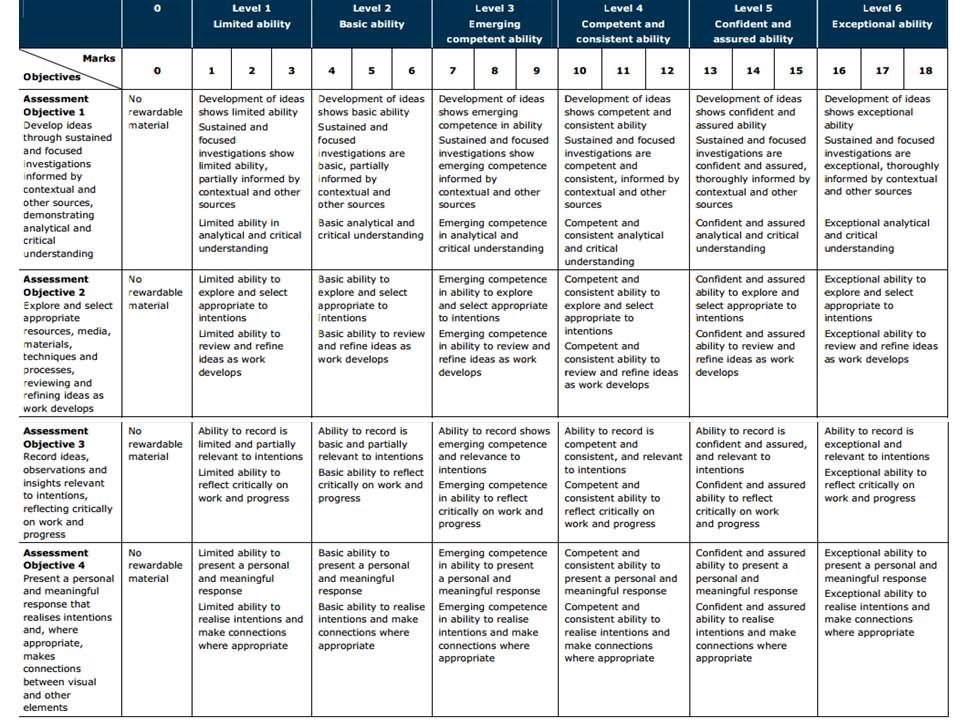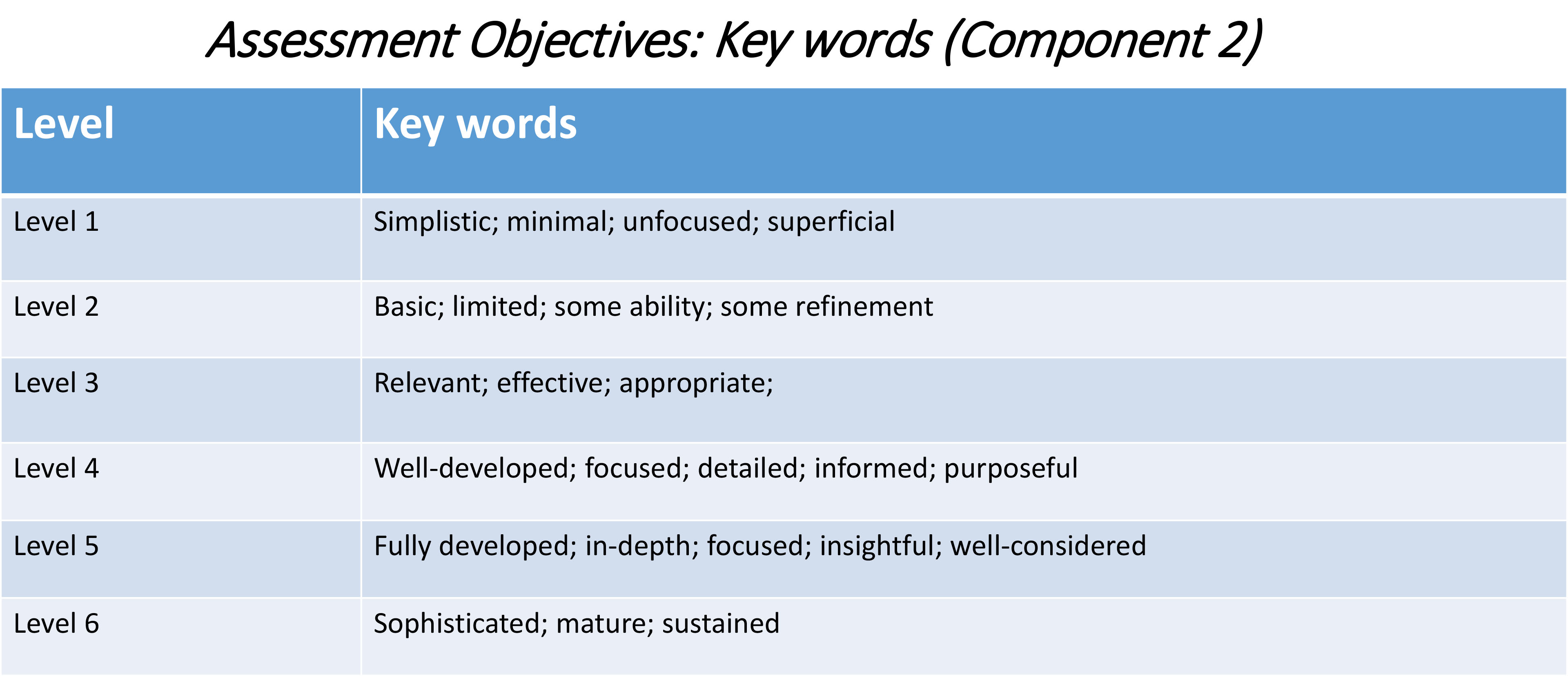In these images I am trying to explore the relationship between light and darkness, that very much relates to the idea of creationism in that both these elements were key features in the early days of the world according to the Bible and other similer sources. This strongly links to the idea of freedom and limitations because it not only represents the freedom in light and spiritual experience against the dark forces, but also in doing this, this concept explored and expresses the freedom in the constant change in nature and as to why it occurs. This is as I am capturing light in a way that is represented to be overlapping the dark tones in these images. In a sense this bears slight resemblance to the theory of evolution as I am depicting my images as not only as a direct reference to the continual spiritual development that occurs in nature to this day, but also this I believe references also to evolution. This is because in order for evolution to take place, elements need to exist to support this growth. In my opinion, by taking images of the elements I am conveying the idea that evolution takes place, but there is more to it than that as spiritual evolution that dictates the laws of nature is also taking place which reinforces the idea of evolution depicts the how where continuous spiritual creationism is the why. However the slight issue which occurs is that although we don’t necessarily know why we creationism occurs likewise with evolution, religiously it is for us to draw closer to God. Therefore in common religious belief it is that everything was created by and for God to act as a celebration of his creationism and that every element such as plants that exists, by existing is worshippig God. ““Praise him, sun and moon; praise him, all you shining stars” (Psalm 148:3). Therefore it is suggested that man also was created to worship God and be connected to him: “Everyone who is called by My name, whom I have created for My glory; I have formed him; yes, I have made him” (Isaiah 43:7). ALthough this previous quote includes direct reference to man and nature, because in religious belief God gave man intelligence for stewardship over the Earth and the elements, I believe my images, I am trying to photograph and document the lost relationship and connection we previously had. This is apparent in Genesis within the Bible:
“Then God said, ‘Let Us make man in Our image, according to Our likeness; let them have dominion over the fish of the sea, over the birds of the air, and over the cattle, over all the earth and over every creeping thing that creeps on the earth.’ So God created man in His own image; in the image of God He created him; male and female He created them. Then God blessed them, and God said to them, ‘Be fruitful and multiply; fill the earth and subdue it; have dominion over the fish of the sea, over the birds of the air, and over every living thing that moves on the earth.’ And God said, ‘See, I have given you every herb that yields seed which is on the face of all the earth, and every tree whose fruit yields seed; to you it shall be for food. Also, to every beast of the earth, to every bird of the air, and to everything that creeps on the earth, in which there is life, I have given every green herb for food;’ and it was so” (Genesis 1:26-30, NKJV). “The LORD God took the man and put him in the Garden of Eden to tend and keep it” (Genesis 2:15,

